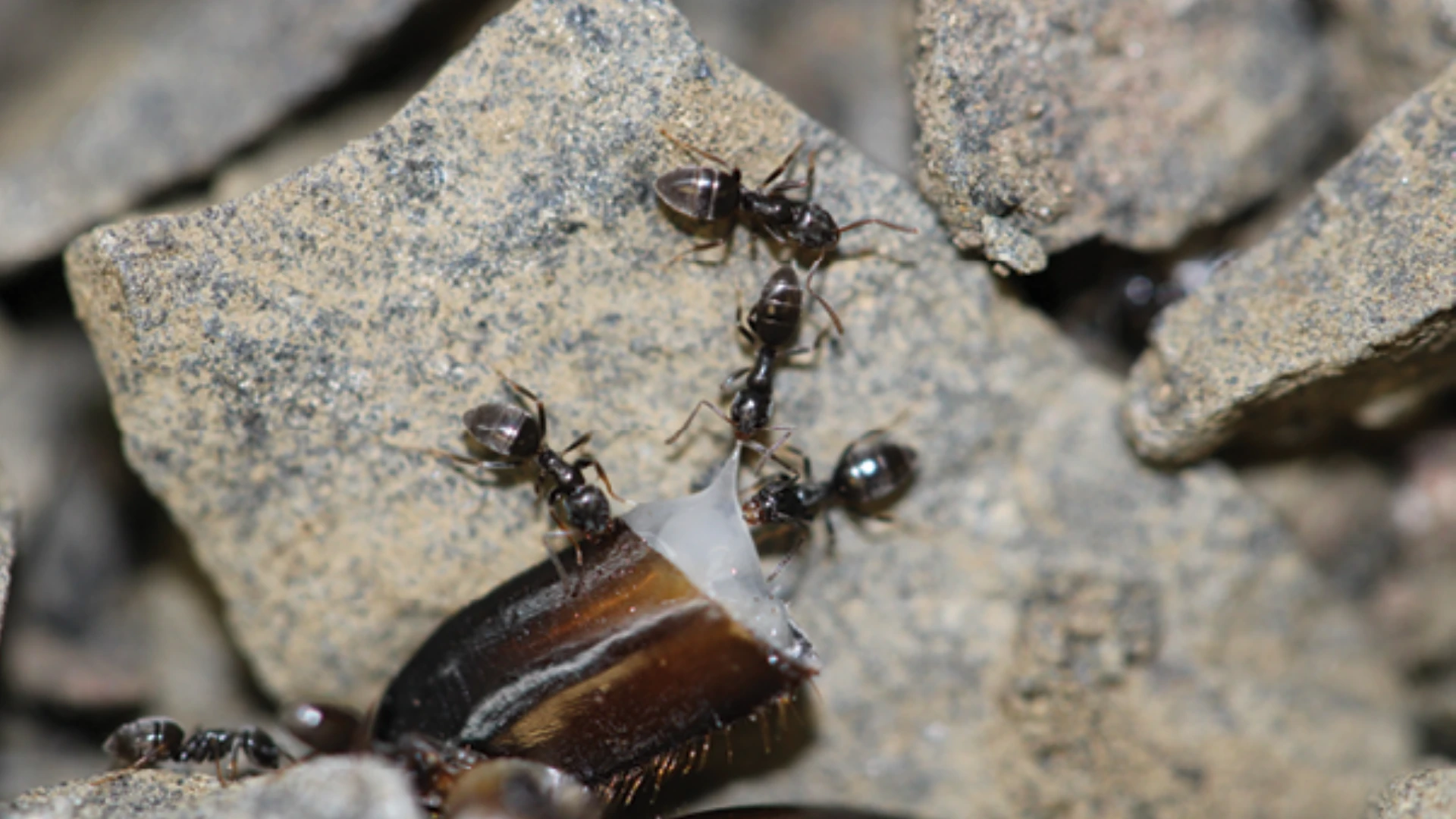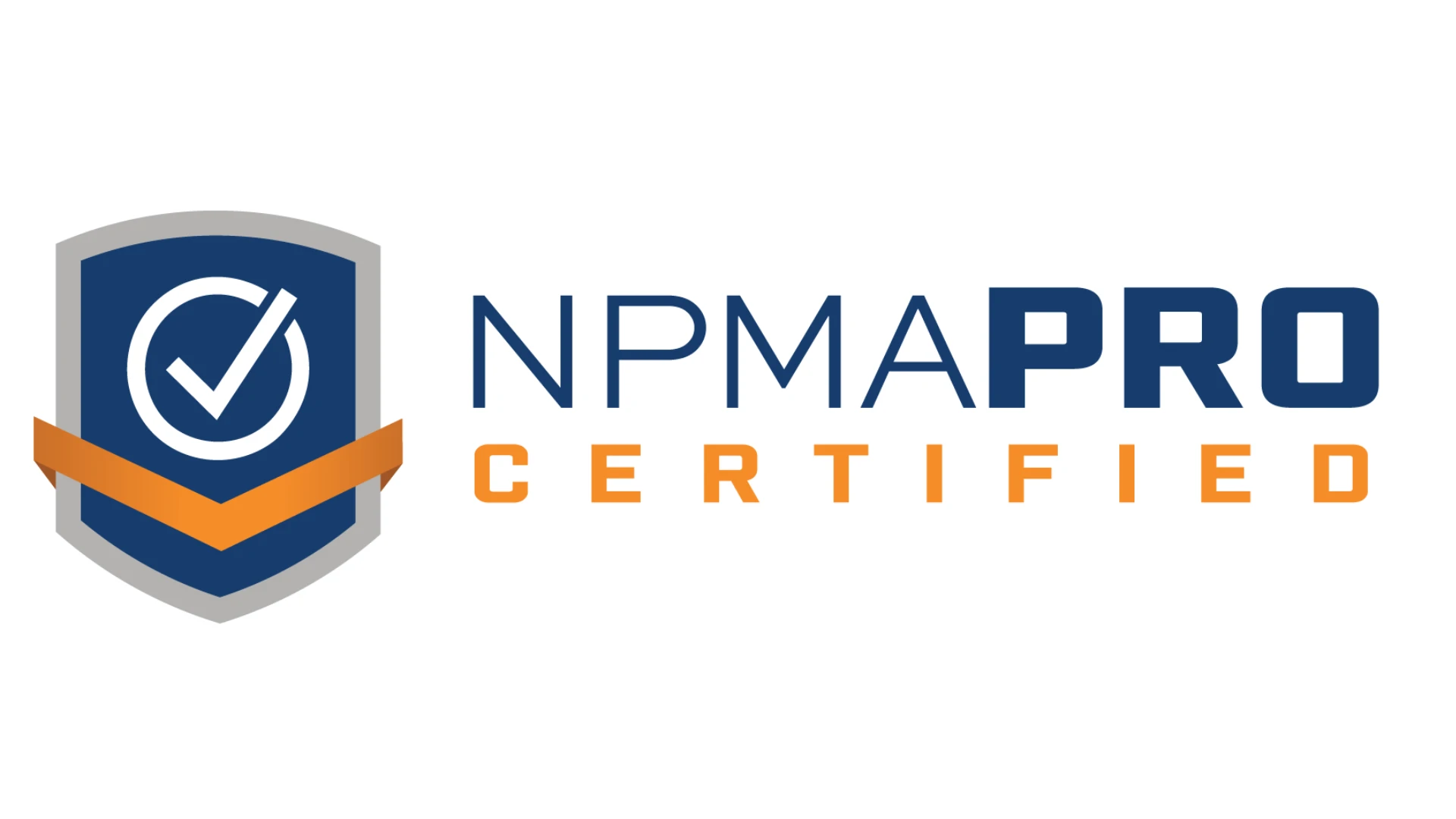For a cockroach baiting program to succeed, the `baiter' must know which baits are most likely to work, how many placements are needed, and where to put them.
Most people feel cockroaches are the least acceptable pest to have in one's home or business. The reasons for these feelings primarily involve the unsanitary nature of a cockroach's activities. At first glance, a single cockroach may pose little real threat; yet the perceived threat proves very real to many people, and millions of dollars are spent each year in control efforts directed at this pest.
The pest management professional has many tools to use in eliminating and preventing cockroach infestations, including both insecticides and nonchemical control measures. Of the treatment techniques available, cockroach baits have become the "in thing" for controlling these pests.
Considerable effort is being expended by manufacturers to develop new baits as well as new methods for delivering those baits to the cockroach. As the basic strategy used to control cockroaches moves from one primarily of insecticide applications to a more varied approach, baits will gain in their use and importance in cockroach control programs.
Still, a bait only works if the cockroach eats it, and elimination is only achieved if all of the cockroaches feed on the bait. For these reasons, baits usually do not provide complete control on their own, but they can be very effective when used in conjunction with other control methods and treatments.
In some situations, however, cockroach baits may be the only insecticidal method that can be used. This article will examine some of the factors that affect the success of cockroach baiting programs and will provide tips that may improve the results achieved when using baits.
DEFINING THE TARGET. No single bait product is right for every type of cockroach. For purposes of this discussion, two basic types of cockroaches will be examined: the German cockroach and the "peridomestic" cockroaches. Which cockroach is present will be an important factor to consider in determining which bait product to use.
German cockroaches historically have been difficult to control successfully using baits. That situation changed about 12 years ago when Maxforce bait was introduced. German cockroaches tend to be picky about what they eat, and finding attractive food bases for cockroach baits has been difficult. In recent years, much research has been performed to find food attractants that will consistently entice the German cockroach to feed. Maxforce, Avert, and Blue Diamond baits have been successfully used for several years in controlling German cockroaches, and new bait formulations are in development that will be introduced in the near future.
Peridomestic cockroaches, such as the American, oriental, and smoky brown, are larger cockroaches and have consistently been attracted to many types of bait products over the years. These cockroaches seem to be less finicky about what they eat and can be controlled using just about any of the bait products labeled for cockroach control.
On the other hand, American, smoky brown, and other large cockroaches must consume more bait to be killed, so some bait products may not be the best choice for situations involving these pests. For example, Avert Cockroach Bait may be used successfully when a few large cockroaches are involved; but with larger infestations, the amount of Avert needed to achieve satisfactory results may be cost-prohibitive.
Additionally, a number of less expensive cockroach baits are available for outdoor use; therefore Avert may not be the best choice for outdoor baiting situations.
WHERE TO PUT IT. Placement is critical in successful use of baits for any pest, especially for cockroaches. Generally, the closer the bait is placed to the harborage, the more readily it will be accepted. For German cockroaches, placement of food right next to or into active harborages is ideal.
When using bait stations, it is important to attach them or place them against an edge such as the corner of a cabinet. Cockroaches prefer to follow edges, and these will lead the cockroach to the station. An even better approach is to place the station in a corner at the top or bottom where three edges converge. Placing the station close to active harborages is also preferred.
Baits for peridomestic cockroach species are best applied directly into harborages, both in doors and out. These baits are usually in a granular or flake form and can be injected into voids or sprinkled into firewood piles or tree holes. In attics, these cockroaches are generally found in soffits, so bait should be scattered into these areas.
THE MORE THE MERRIER. As with any baiting program, the best results are achieved using numerous placements of small amounts of bait. Applying only a few bait placements lessens the chances that most of the cockroach population will encounter any bait. More placements increase these encounters and increase the odds that bait will be consumed.
HOW BAD IS IT? The more cockroaches present, the more bait placements that will be necessary. In many cases, bait stations are more expensive to use because of the number of stations needed. Granular baits, aerosol baits, gel baits, and paste baits are easier to apply to more locations while maintaining low overall cost.
Maxforce bait stations, however, are one of only two baits labeled for use in commercial food areas, and should be used in restaurants and similar areas. In addition, stations are more easily attached to or used around electronic equipment that may be infested than would be gel, aerosol, or dry baits.
CHOICES, CHOICES. Any bait will be less effective when applied in an area that has numerous alternate food sources. The poorer the sanitation, the harder it will be to get most or all of the cockroaches to feed on the bait. Removing alternate food sources by cleaning activity will greatly enhance results.
DON'T LET IT GET WET. Excess moisture can greatly affect cockroach baits and render them ineffective. For example, the heat and humidity found in a restaurant dishwashing room can cause the bait in cockroach bait stations to quickly mold. Granular baits applied in wet crawl spaces and basements can also mold. Moldy baits are generally avoided by cockroaches.
Outside, cockroach baits need to be frequently reapplied to areas that have been contacted by rainfall, lawn watering and dew. For these reasons, outdoor cockroach baits are best applied into voids, tree holes, crotches of tree limbs, piles of debris in other words, places where the bait will be somewhat protected.
Avoid applying outdoor baits to exposed areas that may soon become wet.
POOR MIXERS. Application of other insecticide formulations can also affect bait performance. Applying a spot treatment over a bait station may make it repellent to cockroaches. Application of dust insecticides and baits into the same cracks and voids is also not advised. Bait placements should stand alone where they are applied. Other formulations should not be used in harborages where baits are used.
NOT A MAGIC BULLET. Cockroach baits, by themselves, are not a "magic bullet" and are best utilized together with other control measures. Certain situations will be encountered where only baits should be used, such as pet stores, patient rooms, and nurseries. In areas that must be treated when people are present, such as hospital waiting rooms or offices, the use of baits is usually the best choice.
One strategy that works well is to remove as many cockroaches as possible by vacuuming and then to use bait for the remaining cockroaches. This approach is likely to become the standard strategy used in the 21st century for controlling German roaches in most situations.
As stated earlier, infested electronic equipment cannot be treated with insecticides. Cockroach baits need to be used outside these de vices so the cockroaches will feed on it as they leave in search of food. Bait stations work well in this situation because they can be attached next to openings into the machine. If cockroach bait stations are not available, gel baits, dry baits, aerosol baits, or paste baits can be applied into cracks next to the electronic device.
Another situation where baits are ideal involves the presence of lobster tanks, aquariums, and animals that cannot be removed pets, for example. In these cases, residual insecticides cannot be used. Be sure to place cockroach baits as close to active harborages as possible. Removal of as many cockroaches as possible using a vacuum cleaner prior to bait application is the preferable strategy.
CONCLUSION. Cockroach baits are effective tools that will continue to increase in importance. Understanding where to use them, which ones to use, and proper placement are the keys to successful use of baits. Small amounts placed next to or near as many active harborages as possible yields the best results. Having the proper application equipment is also critical to success. Practice "Situational Pest Management" using baits in combination with other control measures as dictated by the situation.
Stoy A. Hedges is manager of technical services for Terminix International, Memphis, Tennessee.

Explore the June 1996 Issue
Check out more from this issue and find your next story to read.
Latest from Pest Control Technology
- Target Specialty Products Expands Sales Leadership Team
- Mosquito Joe Promotes David Price to Vice President of Strategic Growth
- Abell Pest Control Recognized as One of Canada’s Best Workplaces in 2025
- Scorpion Launches Capacity Marketing Engine
- Petti Pest Control Owners Reflect on Finding Success as a Father-Son Duo
- Effective Mitigation of Crow Infestations
- Mosquito Control: Spraying vs. IPM
- Terminix Service's Leaders Inducted into South Carolina Business Hall of Fame





